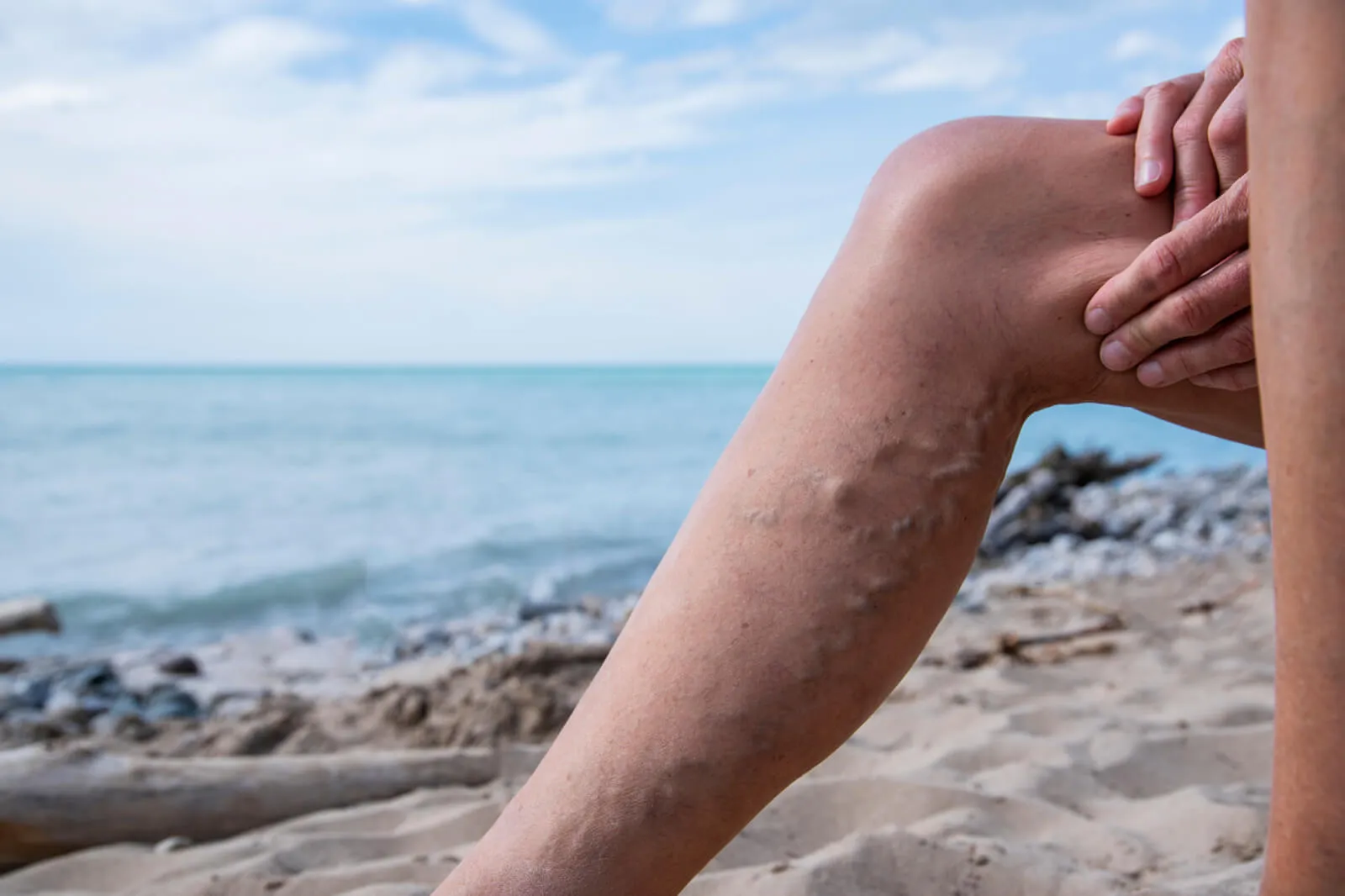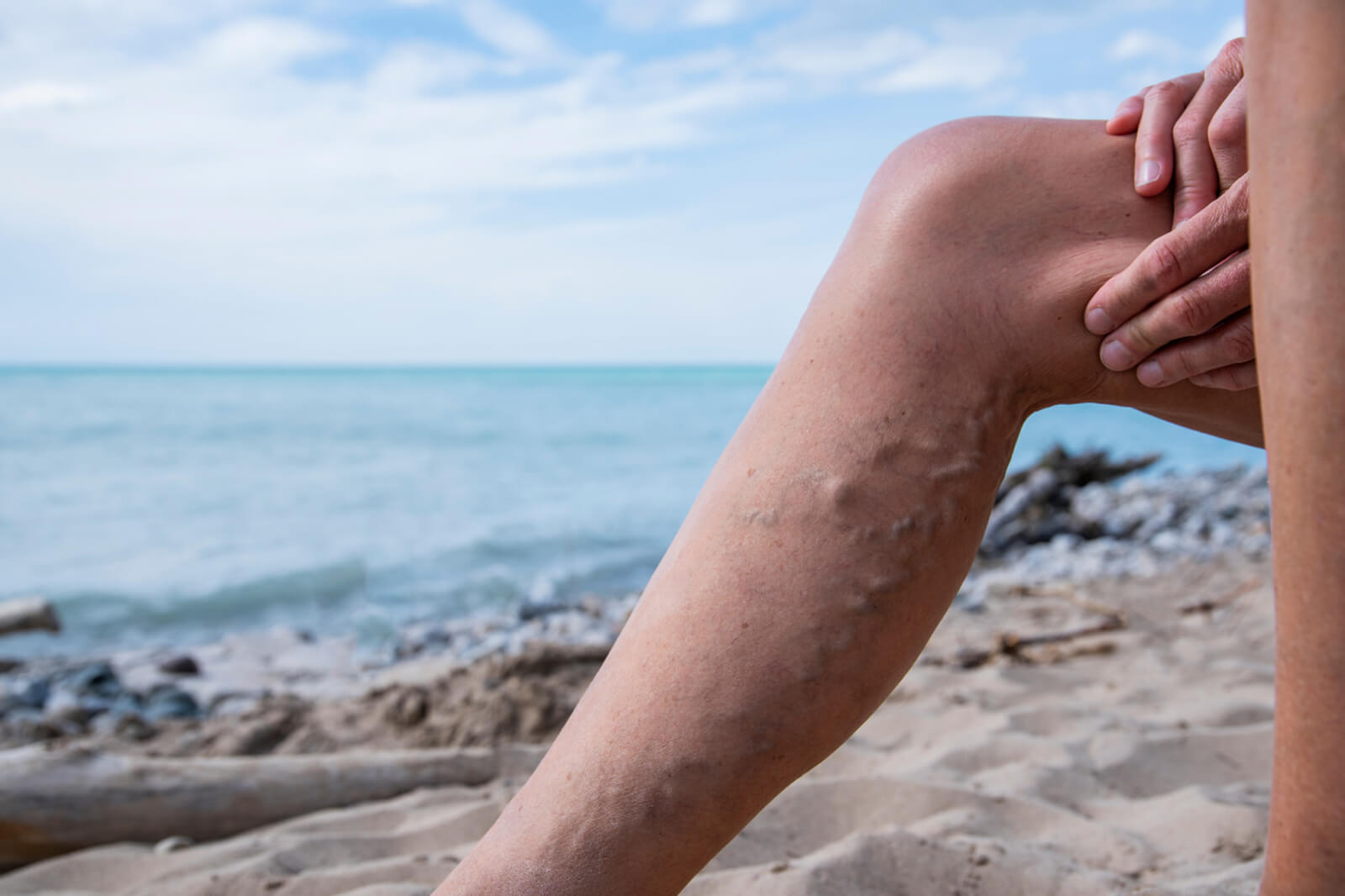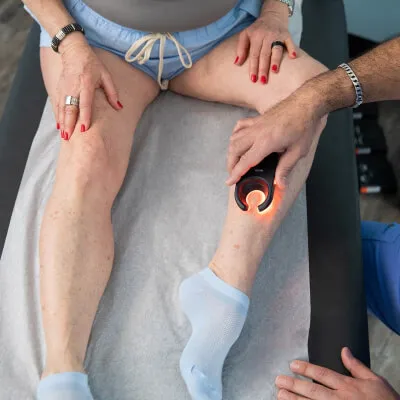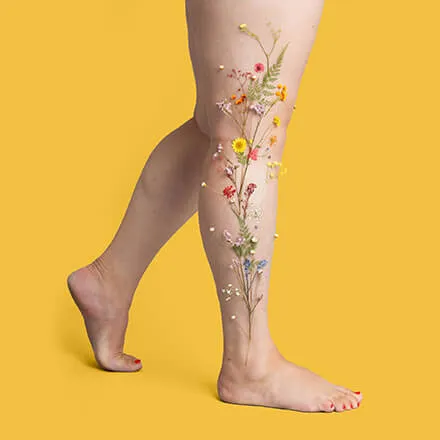Hyperpigmentation, a common surface-level skin concern affecting individuals of all ages, is often associated with a variety of factors including sun exposure, injury, hormonal changes, and aging. Vein disease in the legs can also cause venous hyperpigmentation, a specific type of hyperpigmentation. Venous hyperpigmentation or colorful webs of spider veins on the legs can spark cosmetic concern or damage self-esteem. But what is the cause of venous hyperpigmentation, and why do our veins become more visible as we age? Can vein treatment create hyperpigmentation?
We're sure you have many questions -- but don't worry, we'll explore the links between hyperpigmentation and vein disease and shed light on lesser-known causes and risks associated with your circulatory system!
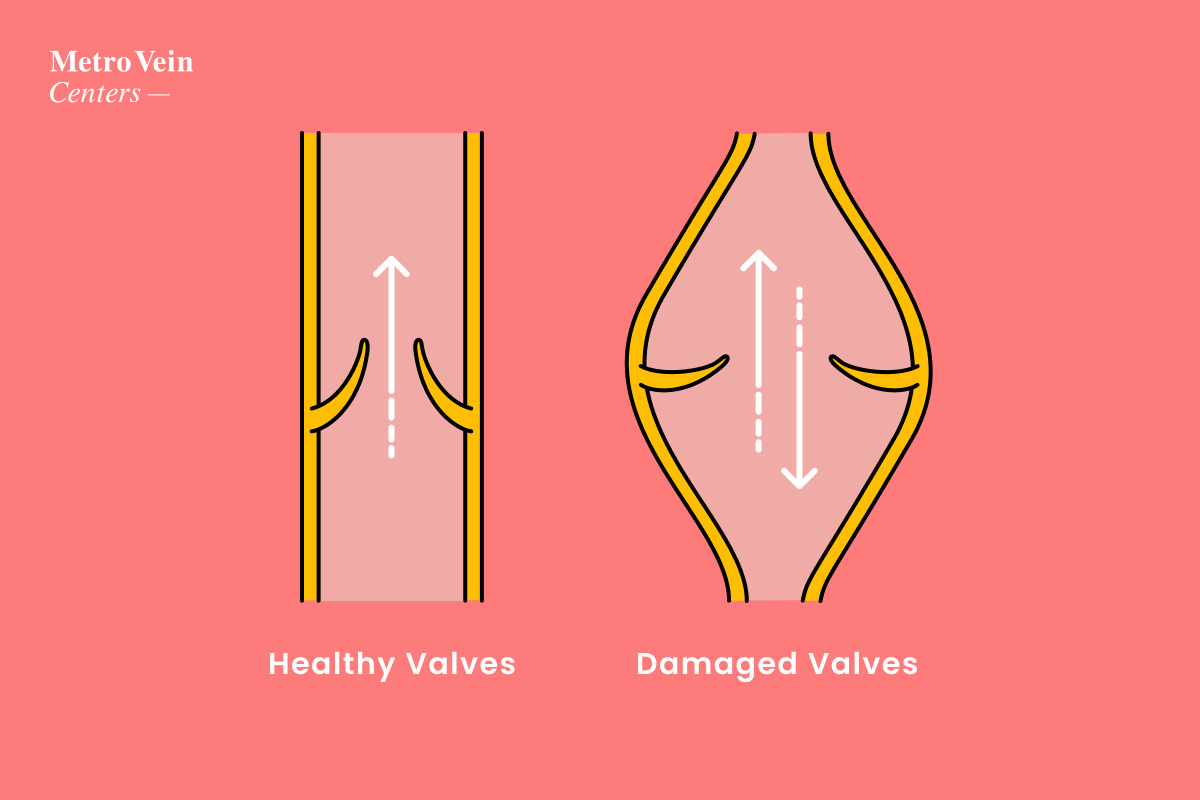
Underlying Causes
Hyperpigmentation stemming from vein disease can betray a rather unwelcome budding relationship between your vascular system's dysfunction and visible skin pigmentation. Vein disease is characterized by backward flow of blood (reflux) in the veins, impacting the efficacy of blood flow. This can cause a variety of painful or uncomfortable symptoms, and can lead to visible changes in your veins and on your skin. As the valves in the veins fail, blood begins to pool or flow backwards, causing venous pressure to increase, and thereby disrupting the delicate balance within the circulatory system. This cascading effect in the veins can lead to blood leaking from the veins through weakened vein walls, and into the surrounding skin tissues. Iron is one of the components of blood that leaks and deposits into surrounding tissue. Over time, as iron continues to deposit into skin, accumulating, it creates a gradual shift in skin color towards a darker, tanner hue which is considered hyperpigmentation. Venous hyperpigmentation can also be accompanied by alterations in texture most commonly characterized as coarseness or roughness.

Deciphering the Signs
Recognizing the early signs of hyperpigmentation associated with vein disease is paramount for timely intervention and management. Remember, venous hyperpigmentation is a symptom, not the main medical concern. Change in skin color and texture is one of the ways your body tells you that something is wrong. It's important to seek medical attention when symptoms present themselves so that the cause can be determined. Treating the source of the problem is the best way to improve symptoms. If vein disease is identified as the cause, vein treatments can be performed to help slow or stop the progression of visible symptoms and skin changes.
These subtle indicators on the surface of the skin may include the formation of colorful, bulging, or twisted varicose veins, webs of spider veins, or subtle changes in skin texture such as thickening, scabbing, or chronic dryness. As the condition progresses and vein disease continues to go unchecked, affected individuals may notice the initial stages of ulcer formation, marking a pivotal point where you must seek the expertise of a board-certified vein specialist or risk more dangerous or severe symptoms.

The Urgency of Seeking Medical Attention
Prompt medical attention is critically important if you notice skin changes on or around visible varicose veins, or if you notice skin changes and hyperpigmentation accompanied by painful symptoms such as restless legs, leg swelling, leg cramping, and more. Your being on the lookout for symptoms of vein disease (or worsening vein disease) is important due to the progressive nature of chronic venous insufficiency. Symptoms including skin changes, hyperpigmentation, texture and thickening of the skin, are your body's way to warn you that something deeper needs your attention. In addition, skin changes that occur around the ankle or above can indicate the beginning stages of ulcer formation, a sign of severe vein disease. Worsening symptoms can cause a tangible decline in quality of life as pain and discomfort begin to negatively impact sleep schedules and mobility. This can take a toll on daily activities (work-related and leisure) as well as your overall well-being.
We've said it before: You don't have to live with pain! FDA-approved, minimally invasive solutions are available which don't require overnight hospital stays or the use of anesthesia. Plus, vein treatments often are covered by most health insurance plans.
Your Evaluation
Hyperpigmentation is not a symptom exclusive to vein disease, but whether it's your only symptom or one of many, we always recommend coming in to speak with a vein specialist directly regarding your concerns. Our board-certified vein specialists will evaluate your legs and determine whether the hyperpigmentation you're experiencing is caused by existing vein disease, varicose veins, or spider veins.
Although some hyperpigmentation or skin changes may be misconstrued as a consequence of sun exposure or aging, a distinct localization on or around existing varicose veins can be an indicator of the true cause. "Hot spots" on the legs, such as on the calves or ankles, may also be red flags that your skin changes all point to underlying chronic venous insufficiency.
If you’re experiencing thickened “elephant skin” on your legs, new or any visible varicose veins or spider veins...

... or if your sleep and mobility have been interrupted due to painful or uncomfortable sensations in your legs, come on in for an evaluation! We'll get to the bottom of the problem together.
Your Treatment Plan
Managing hyperpigmentation, when it is associated with vein disease, can be accomplished by treating the source of the issue. Oftentimes, patients also experience aesthetic improvements after treatment of unhealthy varicose veins. As the root of the problem is addressed, cosmetic improvements tend to accompany noticeable pain relief and improvement in quality of life!
We offer a variety of medical treatments for veins affected by vein disease and cosmetic treatments to tackle visible spider veins on the legs. Whether your primary goal is erasing colorful spider veins or treating your varicose veins before the onset of ulcers, we've got you covered. It is important to note that vein treatment may not be a one-and-done process, especially for those with moderate to severe vein disease. On average, patients may need 2-4 treatments, which may span over the course of weeks or months, before they begin to see results. More often than not, hyperpigmentation will lighten if not completely resolve. The goal is to slow or stop the progression. (And, it goes without saying, your overall health and well-being is worth the wait!)

After Your Treatment
As your body heals and your circulation improves, many visible signs and uncomfortable symptoms will dissipate. When treating spider veins, for example, the veins will fade over time, after the course of 2-4 treatments (on average). After laser treatments, we recommend avoiding UV exposure on sensitive skin. After sclerotherapy for spider veins, we recommend avoiding air travel for up to two weeks to ensure your circulation is unimpeded by cabin pressure.
Phlebectomies may produce small, light scarring which should fade over time. These scars typically fade within six months to a year. Needle pinpricks from treatments like VenaSeal, Varithena™, and sclerotherapy may be visible for a few days, depending on how quickly your body normally heals (for those prone to scarring, maybe slightly longer). If you happen to experience bruising from the vein treatments, our vein specialists recommend Dermaka and Arnicare creams, which can help with the healing process.
Your aftercare instructions will vary, so make sure to heed the advice of your vein doctor and follow their guidelines to ensure you achieve the best possible results. Wearing compression stockings will help with healing and boost your circulation. Follow-up appointments may be necessary, too.
Can Treatment Cause Hyperpigmentation?
Risk of hyperpigmentation or any other skin markings after vein treatment is minimal, but may occur in individuals who had very large veins treated, or those who tend to heal slowly. This may occur after the treated vein has responded well to treatment and is closed. As the body is healing itself, reabsorbing the vein and all the contents of it (specifically the iron component) may take longer to absorb. That slowness can leave a "stain" on the surface of the skin (hyperpigmentation). The good news? This is often temporary and should resolve over time as the body continues to heal.
Like with temporary bruising, our vein specialists recommend Dermaka and/or Arnicare topical creams to help with the healing process, but it's mostly just a matter of time.

Your Next Steps
Hyperpigmentation on the legs (like any skin change accompanied by uncomfortable symptoms) is not simply a sign of aging. Your body is talking to you, and it wants answers -- that's where we come in. Our team of board-certified vein specialists offer vein evaluations in all of our New York, New Jersey, Connecticut, Michigan, Texas, Arizona, and Pennsylvania vein clinics. We offer minimally invasive and 100% non-invasive vein treatments for varicose veins, spider veins, and other painful or uncomfortable symptoms of vein disease. Our team is happy to answer any inquiries about treatment options, scheduling, or insurance coverage -- in fact, we accept over 200 insurance plans in our clinics! Our state-of-the-art vein treatments can be performed in under 30 minutes, in our accredited vein clinics, by our certified vein doctors. Give us a call at 866-353-5558 to schedule your free vein evaluation and get to the root of your hyperpigmentation. We're here to help!

Dr. Philip LoPresti
Meet Dr. Philip LoPresti DO, DABVLM, FACS, a board-certified vein specialist and surgeon with over 20 years of experience. Schedule an appointment with him in Queens, NY today.
Meet Dr. Philip LoPresti
Trusted insight from the nationally accredited, board-certified vein doctors at Metro Vein Centers.


